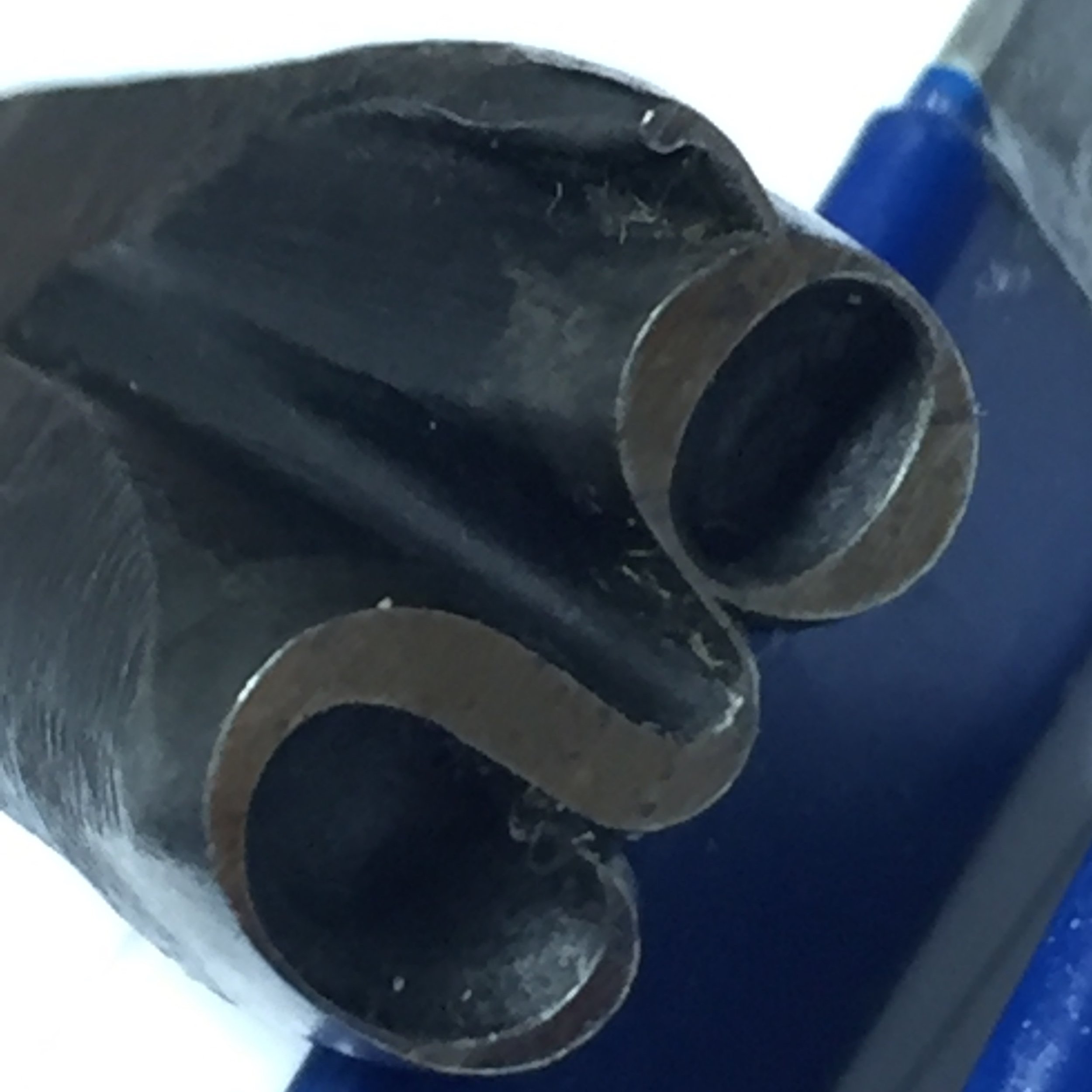Small Performances: investigating the typographic punches of John Baskerville (1707-75) through heritage science and practice-based research
Caroline Archer-Parré, Ann-Marie Carey, Marcos Martinon-Torres, Maciej Pawlikowski
Funded: Art & Humanities Research Council, 2024-26
The Baskerville typeface is familiar to billions of readers and users of standard computer software across the world. However, the story behind its creation by John Baskerville (1707-75) is much less widely known. This is in spite of the fact that he was England's foremost printer, and what he called his ‘small performances’ in typeface design ‘went forth to astonish all librarians of Europe’. From a broader perspective, printing is recognised as the invention of the millennium, and a democratiser of knowledge - and yet it remains ubiquitous but invisible, and how it happens is not generally known.
This interdisciplinary project seeks to make a substantial contribution to the history of printing technology, while ensuring this is a living process that will continue into the future. At its heart is the exceptional collection of typographic punches designed, cut, and used at Baskerville's workshop in Birmingham, which are now held at Cambridge University Library. Individually engraved in steel, punches were the first of three stages in the manufacturing of metal type - one that posed challenges in both materials and design - and therefore they preserve otherwise inaccessible information that can be unlocked through scientific study.
Bringing together printing historians, heritage scientists, craftspeople, and type designers around the AHRC-funded Cambridge Heritage Science Hub (CHERISH), we will reconstruct 18th-century punch-cutting techniques using pioneering scientific and artisanal methods. Our approach will involve microscopy, chemical analyses, 3D modelling and advanced imaging in the laboratory, but also practical experimentation involving jewellers, engravers, blacksmiths, and typeface designers who will help disentangle the craft while also learning historical techniques that may be of use in their own trade.
The project will materialise as a new and essential chapter in the history of world technology, and as a novel form of research engagement among academics, practitioners, and laypeople, made visible through 3D models, digital editions, new typeface designs, and practical and creative workshops. This work will transform our understanding of the collection of Baskerville punches and benefit current industrial and craft applications, as well as educational projects.
Recently, digital humanities and craft revival have prompted a resurgence of interest in analogue forms of communication and the technologies that enabled them. Letterpress, for centuries the dominant printing process, is now commercially obsolete but has been given a new lease of life through small-press imprints that use redundant letterpress equipment.
Typographic equipment, previously used to instruct printing apprentices, has piqued the interest of artists and designers. However, the number of people trained in historical printing techniques is declining, and their skills are seldom transferred to the new generation of creative printers. Heritage organisations often struggle to find the space, resources, or know-how to curate their printing collections. Usable equipment and material are becoming increasingly scarce, and those with the knowledge to repair and restore it are a dying breed. An endangered craft on the Heritage Craft Association's Red List, letterpress faces an uncertain future. Its preservation requires documentation and practice but also imaginative approaches to their adaptation and use in the present. 'Small performances' will be a step in that direction.




